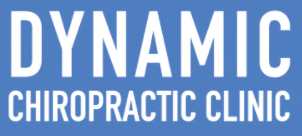Too often we think about muscles as being only one dimensional and working in only one direction. We are taught the origins and insertions of them, their actions and innervations, but we lose sight of what they actually are… muscles are not strings that tighten, but instead able to move in three dimensions. When we stretch a muscle group in only one plane, we forget that there is an x, a y and z axis that are left unstretched. Is it any wonder why we can’t see any changes with the stretches we give our patients?
So let’s start with the muscles themselves.Muscles are comprised of myofilaments, and are ordered into strands called fascicles. (fascicles are derived from Latin faces, which was a bundle of iron rods, bound by ribbon, used as a sign of absolute power, and can still be seen outside US government buildings, and the rise of the word fascist)
The point of this entry is not to wow you with trivia about muscles, but instead to get you to think about muscles in a different way: Simply put, muscle tissue is not singly dimensional, and therefore shouldn’t be stretched in only one plane.
This is especially true with muscles that have the suffix “-ceps” in them… triceps, biceps, quadriceps… their very name tells you that there is more than one head attachment which requires a different plane to work in. This is also the case where there is a “major” or “minor” ending, as well.
When showing stretching to my patients, I often describe these planes as around each axis, where each plane needs to be stretched around.
Perhaps nowhere in the body is the concept of 3 dimensional muscles better found than that of the iliopsoas muscles, which most people refer to simply as the “psoas”. Nothing could be farther from the truth.
The iliacus inserts around the entire rim of the pelvis, forming a nearly 90 degree angle from one insertion point to another! The psoas major and minor attach to the lumbar vertebrae, and to the discs at each level, with each head requiring a different plane of stretching to address altogether.
This stretch is the most important first point of addressing lumbar stenosis, outlined on the website.
